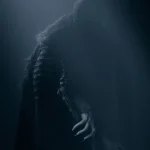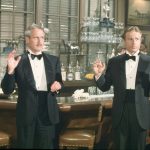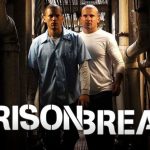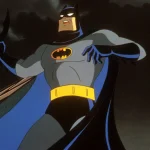“The Rocky Horror Picture Show” (1975)

“The Rocky Horror Picture Show,” directed by Jim Sharman and based on the stage musical by Richard O’Brien, stands as a cultural phenomenon that defies categorization and celebrates the freedom of self-expression. Released in 1975, the film has garnered a loyal following worldwide, captivating audiences with its audacious blend of rock music, science fiction, and gender-bending themes.
Set in a Gothic castle on a stormy night, the story follows a newly engaged couple, Brad Majors (played by Barry Bostwick) and Janet Weiss (portrayed by Susan Sarandon), whose car breaks down near the eerie mansion of Dr. Frank-N-Furter (portrayed by Tim Curry), a flamboyant and sexually ambiguous scientist from another planet. As they enter the mansion seeking help, they unwittingly stumble upon a bizarre and hedonistic celebration of Frank-N-Furter’s creation—Rocky Horror (played by Peter Hinwood), a muscle-bound Adonis designed to be the ultimate lover.
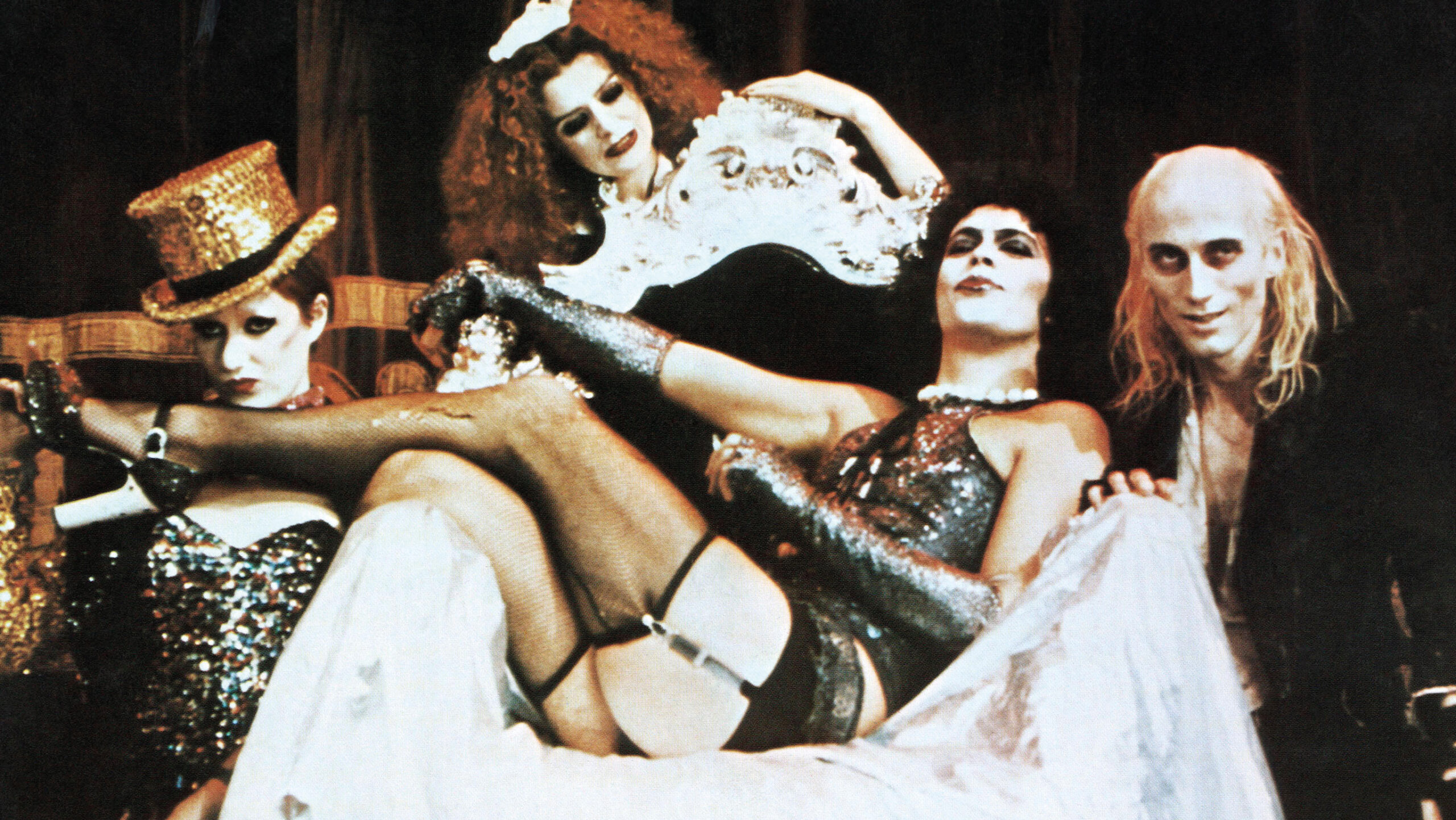
Central to the film’s appeal is its celebration of nonconformity and sexual liberation. “The Rocky Horror Picture Show” challenges societal norms with its vibrant characters who defy traditional gender roles and embrace fluid identities. Dr. Frank-N-Furter, the charismatic and seductive antagonist, blurs the lines between male and female, commanding attention with his outrageous costumes, bold makeup, and unapologetic pursuit of pleasure.
Musically, the film dazzles with its catchy rock songs and electrifying performances. From the iconic “Time Warp” dance number to the sultry “Sweet Transvestite,” the soundtrack contributes to the film’s infectious energy and campy charm. Each song serves as a vehicle for character development and thematic exploration, reinforcing the film’s themes of liberation, self-discovery, and the rejection of societal constraints.

“The Rocky Horror Picture Show” is also celebrated for its interactive audience participation, which has transformed screenings into interactive theatrical experiences known as “midnight showings” or “shadow casts.” Fans dress up as their favorite characters, recite lines, and perform synchronized dances in response to cues from the film, creating a sense of community and camaraderie that transcends generations.
Visually, the film is a feast for the eyes, with its bold use of color, lavish set designs, and Gothic aesthetics evoking a surreal and dreamlike atmosphere. The cinematography enhances the film’s theatricality and camp sensibility, reinforcing its status as a cult classic that revels in excess and extravagance.
:max_bytes(150000):strip_icc()/shutterstock_editorial_5885245v-170c4b149aa24fa187a86394b4ccb7bd.jpg)
Tim Curry delivers a tour de force performance as Dr. Frank-N-Furter, infusing the character with charisma, wit, and a touch of melancholy. Curry’s portrayal of the self-proclaimed “sweet transvestite from Transsexual, Transylvania” remains iconic, embodying the film’s spirit of rebellion and uninhibited self-expression.
Furthermore, “The Rocky Horror Picture Show” is a commentary on the fluidity of identity and the power of embracing one’s true self. Through its eclectic cast of characters—ranging from aliens to conventionally uptight protagonists—the film challenges viewers to embrace their own uniqueness and defy societal expectations.

In conclusion, “The Rocky Horror Picture Show” continues to resonate with audiences as a timeless celebration of individuality, freedom, and uninhibited joy. Its enduring popularity and cultural impact have solidified its status as a cult classic that transcends generations, inspiring countless fans to embrace their inner eccentricities and celebrate the thrill of breaking free from conformity.
As a testament to its legacy, “The Rocky Horror Picture Show” remains an unparalleled cinematic experience that invites viewers to join in its wild and wonderful journey of self-discovery and rebellion against the mundane.
